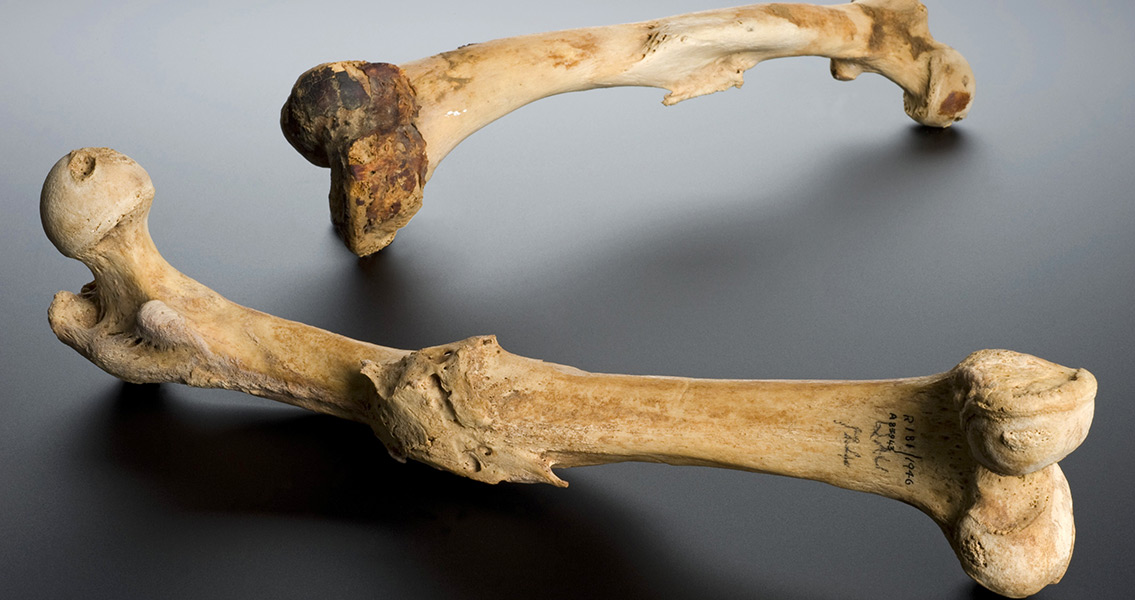<![CDATA[An ancient mortuary has revealed some striking and gruesome discoveries. Within the stone walls of the Khonkho Wankane mortuary in the Titicaca basin, Bolivia, bodies were boiled in pots of quicklime. Researchers believe this was to help remove tissue from bones. It is thought that the people who lived in the area during the Late Formative period (200 BCE-500 CE) started to spread out geographically, relying on llama caravans to circulate resources. It is believed that the new population centres were further away from earlier communities based on the shores of Lake Titicaca. The new settlements were able to exercise wider political influence in the surrounding Titicaca basin. Discoveries made at Khonkho Wankane have revealed fascinating glimpses into how the social importance of the dead changed during a period of increased mobility and population fluctuation. After the morbid work of defleshing bones was completed, the human remains became curated bones which could be easily transported. These bones created portable ancestors for a mobile population, according to study co-author Scott C. Smith, an archaeologist at Franklin and Marshall College. Smith co-wrote the study with Maribel Pérez Arias from the University of Pittsburgh; their paper is published in the most recent edition of the journal Antiquity. When the team began excavating the religious complex of Khonkho Wankane a decade ago, little was expected of the site. It was located a fair distance from the sunken temples of Khonkho, the original focal point of excavations. What Smith and Pérez uncovered, however, was truly remarkable. They found a circular building containing a floor strewn with a variety of exciting artefacts. Of particular interest were small blocks of a white, chalky substance. Tests revealed these blocks were quicklime, made by heating limestone. Quicklime, when mixed with water, has a particular use in that it can remove tissue and fat from bones. When exposed to air, quicklime-water mixtures turn into a white plaster. Within the mortuary, a number of body parts coated with this quicklime-water plaster were found. Nearly 1,000 teeth and small bones, mostly from feet and hands, were found along with pieces of skull. Outside the mortuary, carvings on a pillar were found which depicted a human with an exposed ribcage. The bones, when taken together with the quicklime found at the site, suggest that bodies were dismembered, stripped of flesh and cleaned in lime water. Bones were then taken away from the site, Smith and Pérez suggest. Dead family members were a prominent part of life in nearby communities. “Human remains were central to the creation of community,” Smith and Pérez state in their study. “The dead helped to anchor social identity in a collective understanding of the past and embedded lineage in the landscape.” People who stopped at Khonkho were probably no different, but they had mobile lifestyles and were unable to live near burial sites. The evidence from Khonkho Wankane suggests that these people took their dead on the road with them. “Khonkho Wankane,” Smith and Pérez wrote, “was a ritual centre to which the dead were brought for processing and then removed for final burial elsewhere.” For more information: www.journals.cambridge.org Image courtesy of Wikimedia commons user: Fæ ]]>
Defleshed Bones Shed Light on Ancient Bolivian Culture
